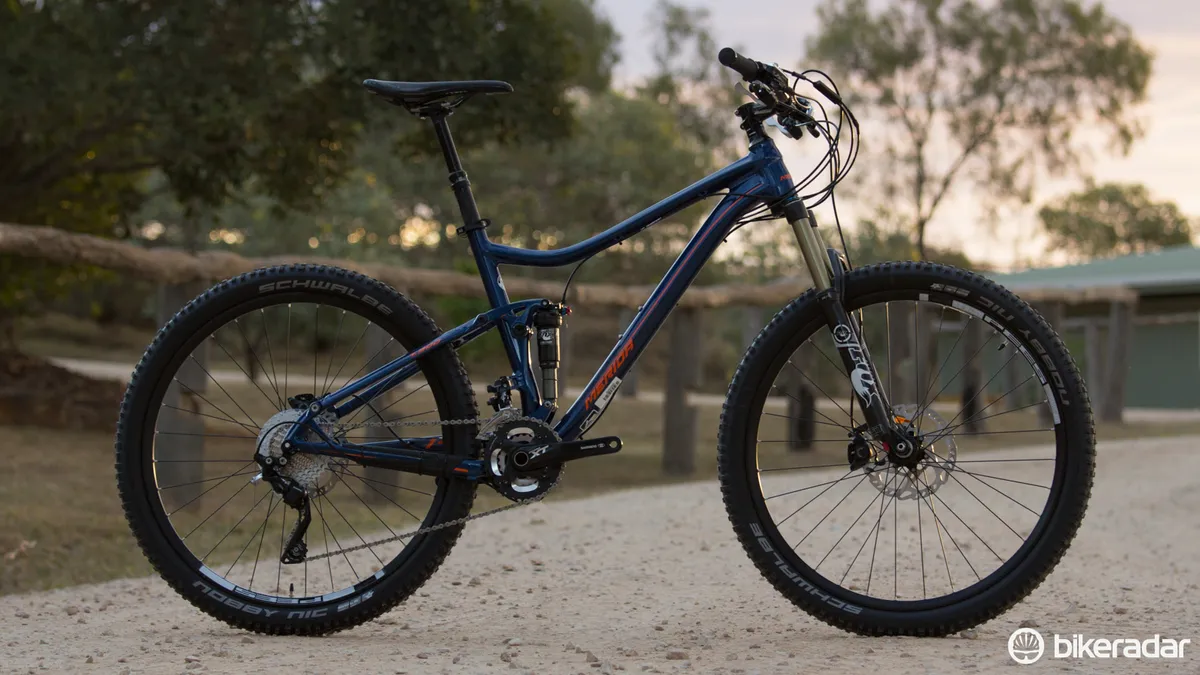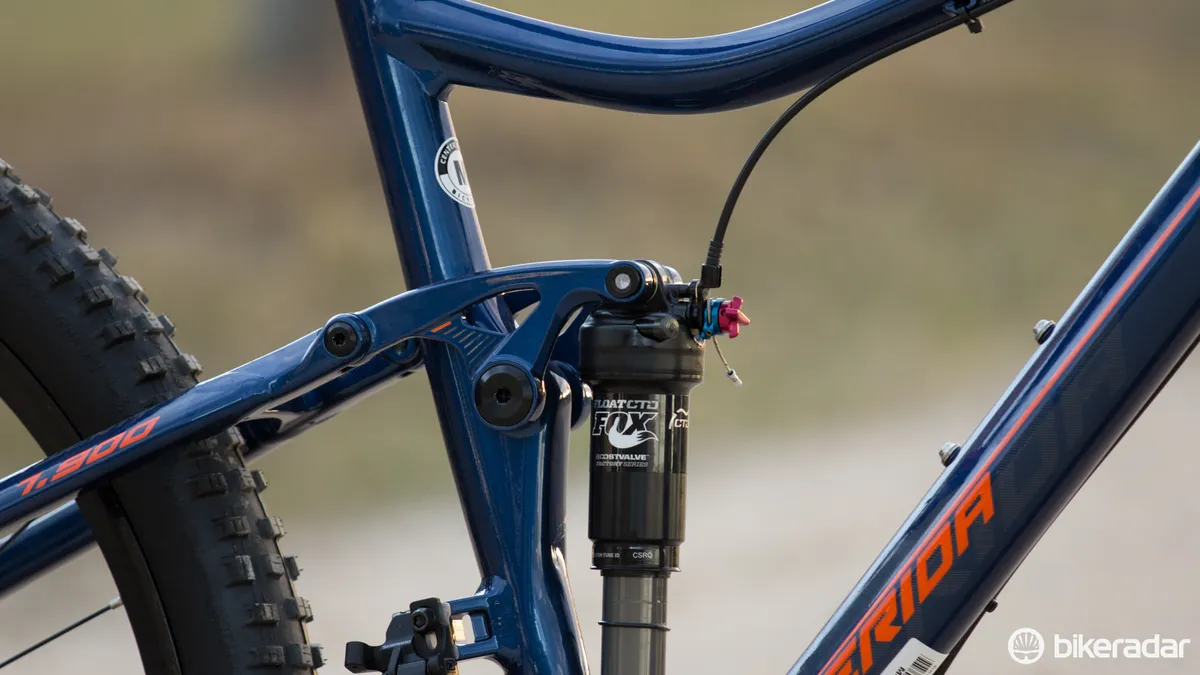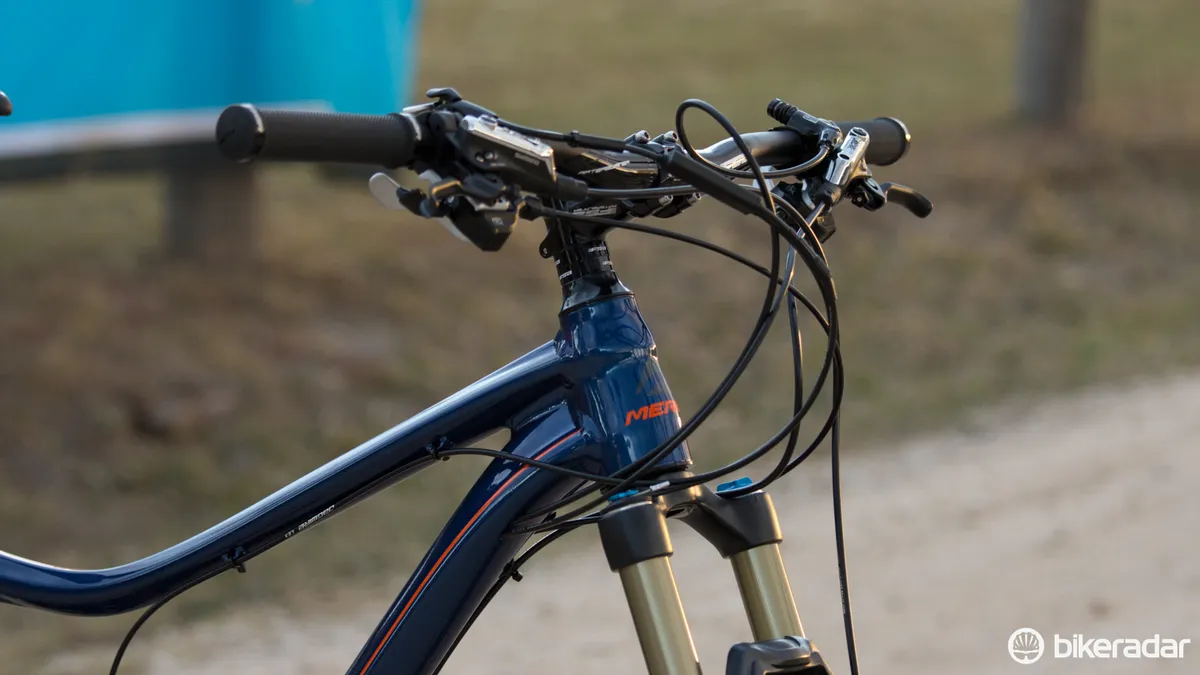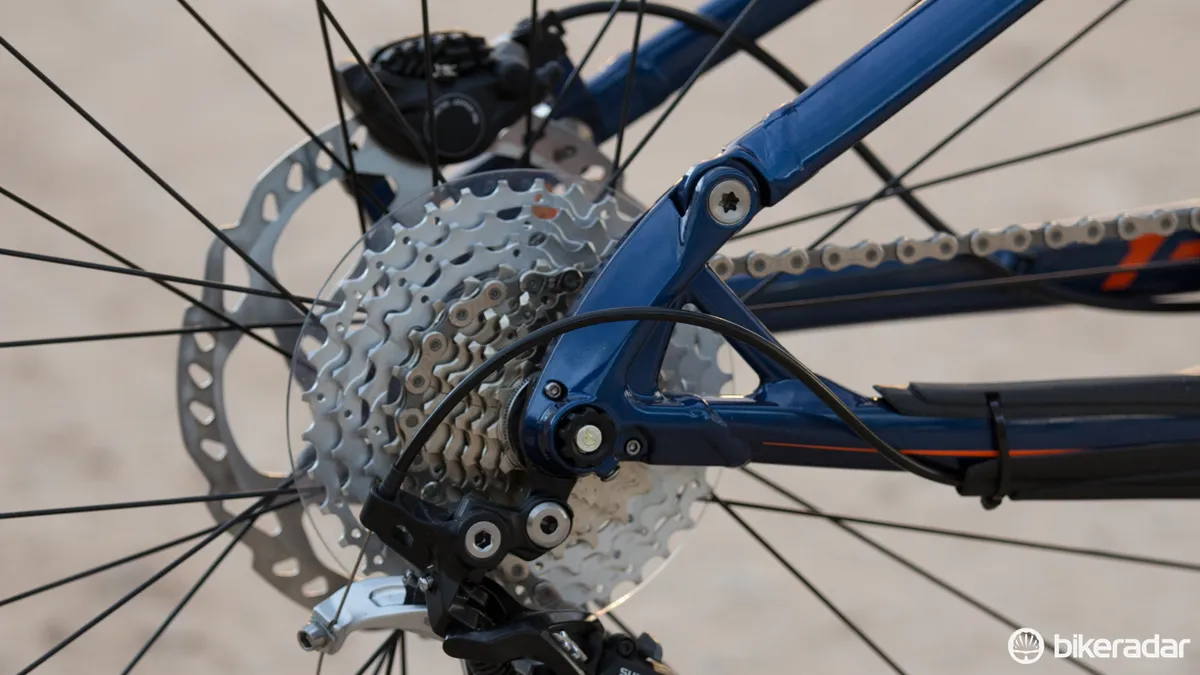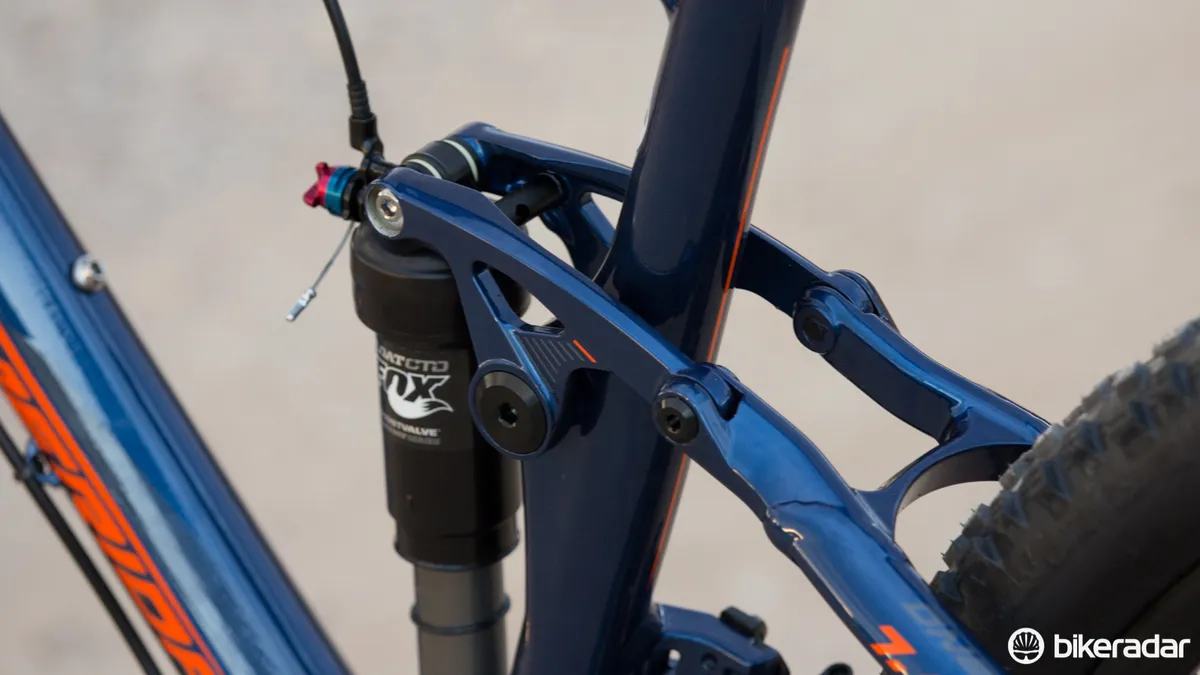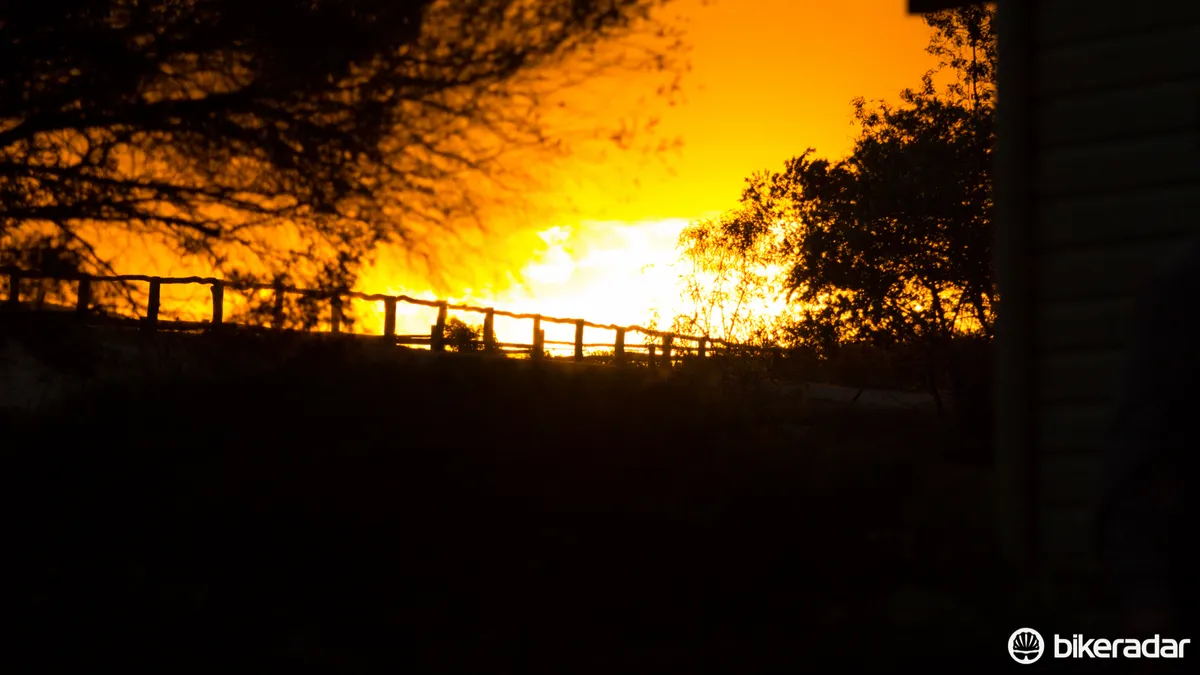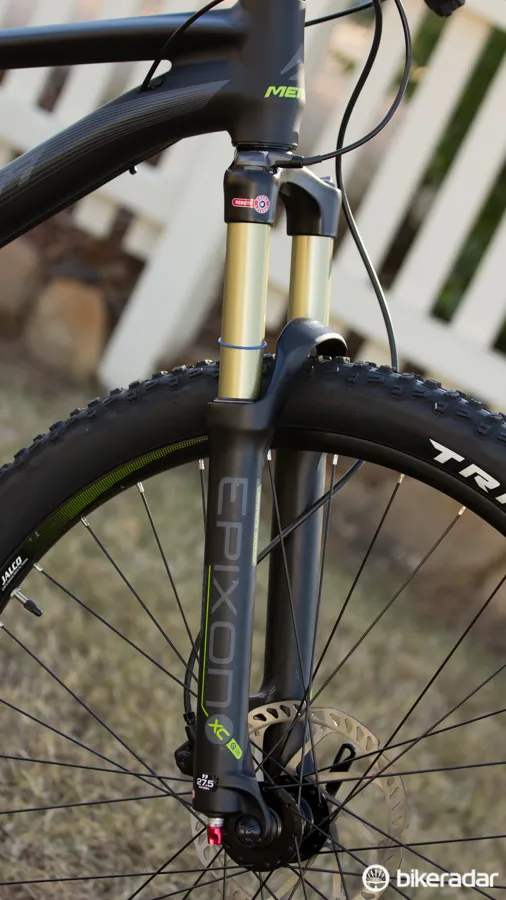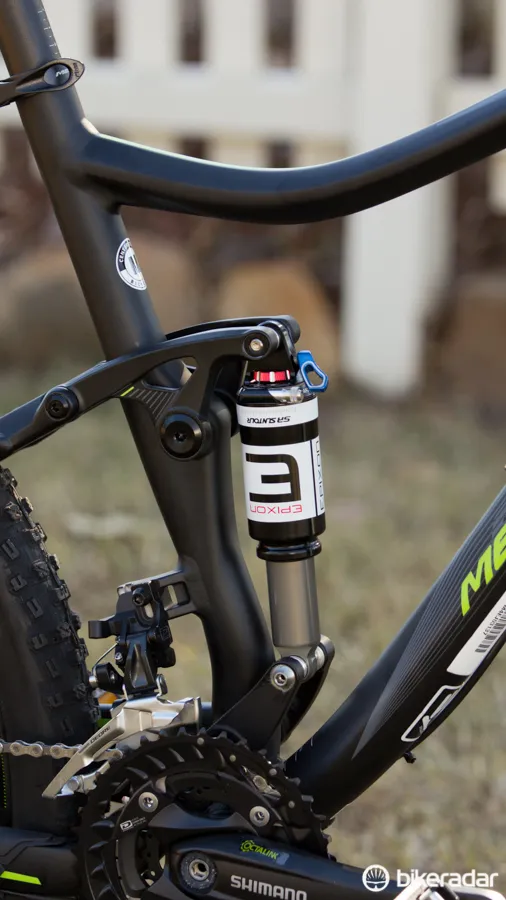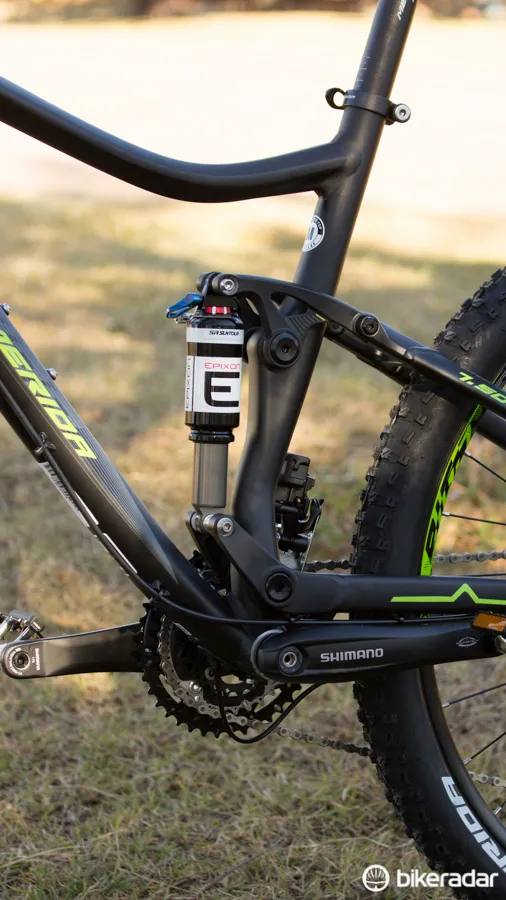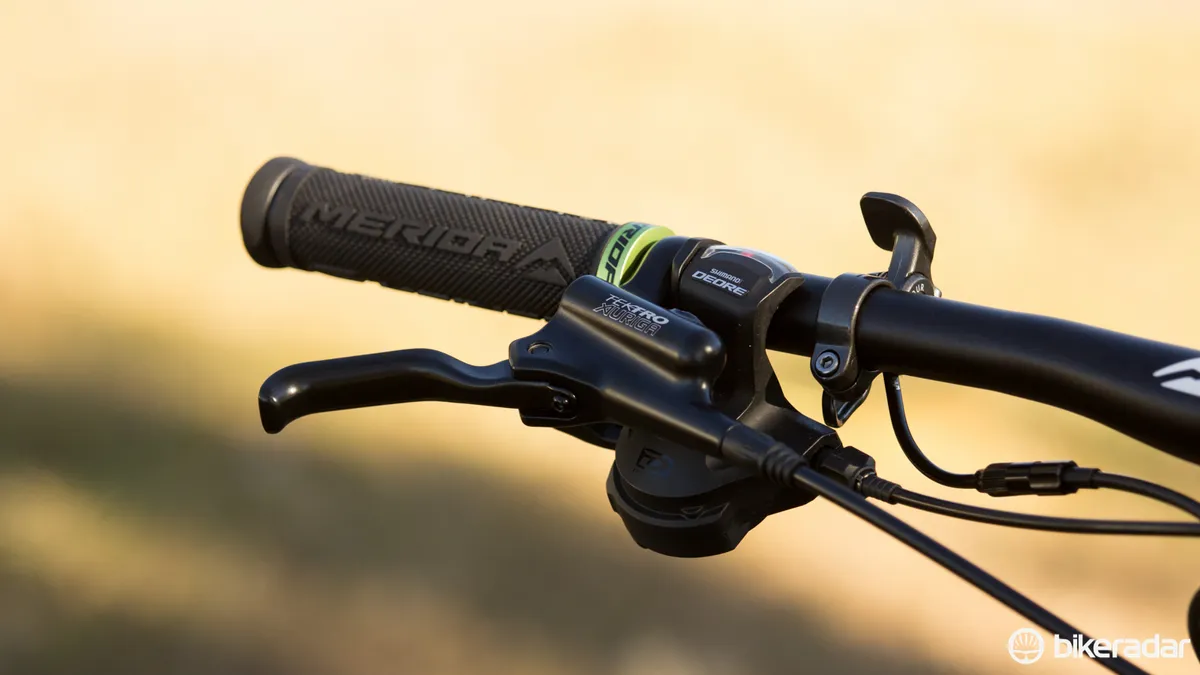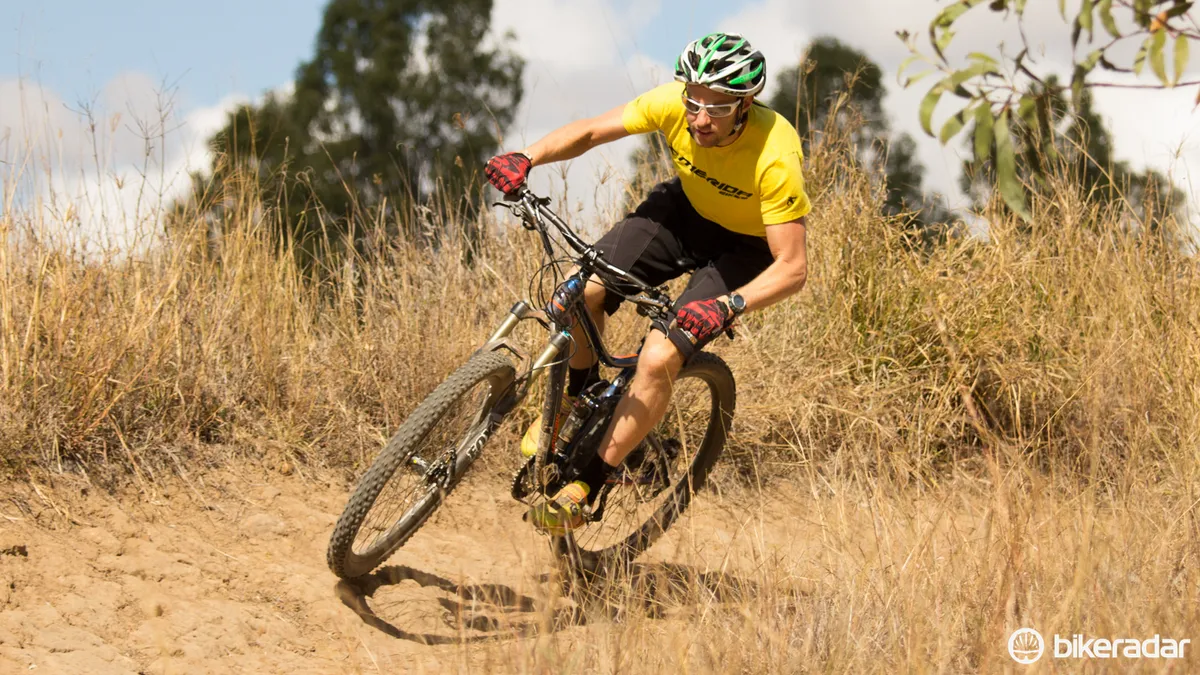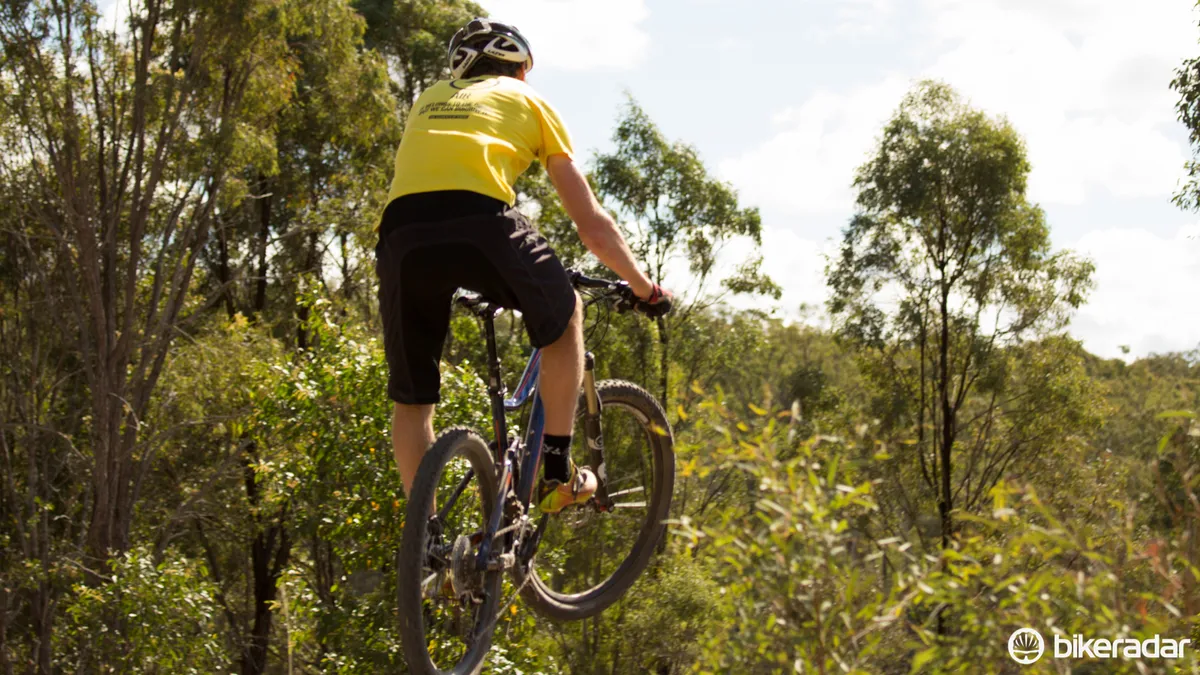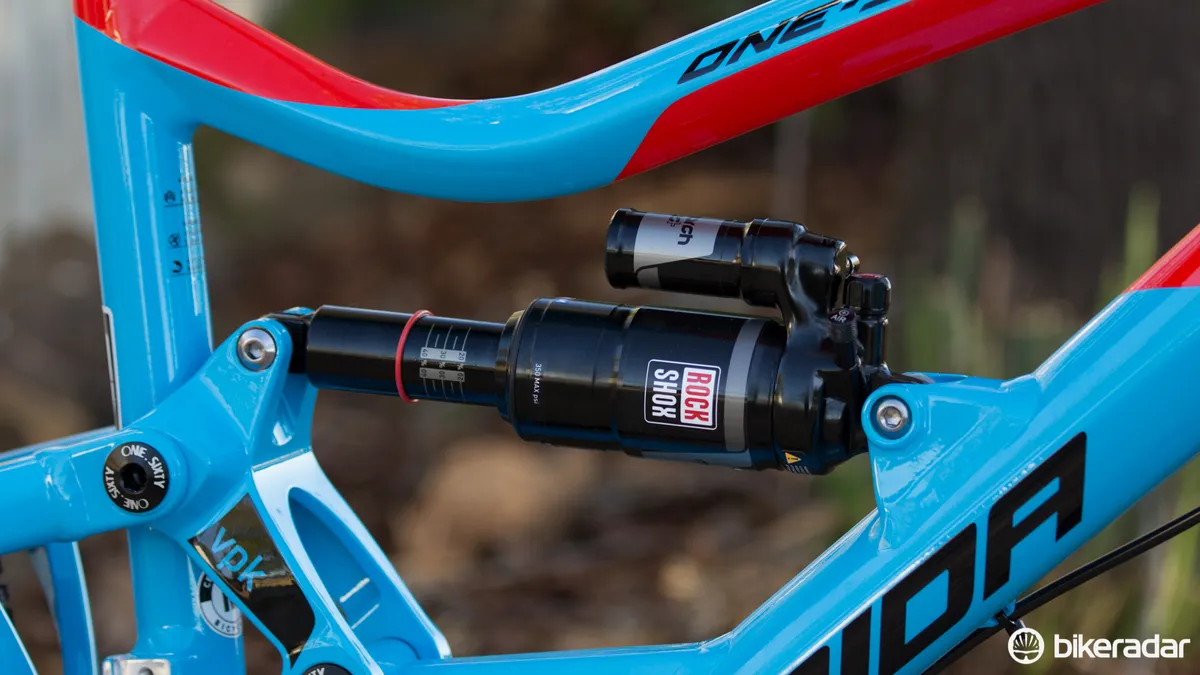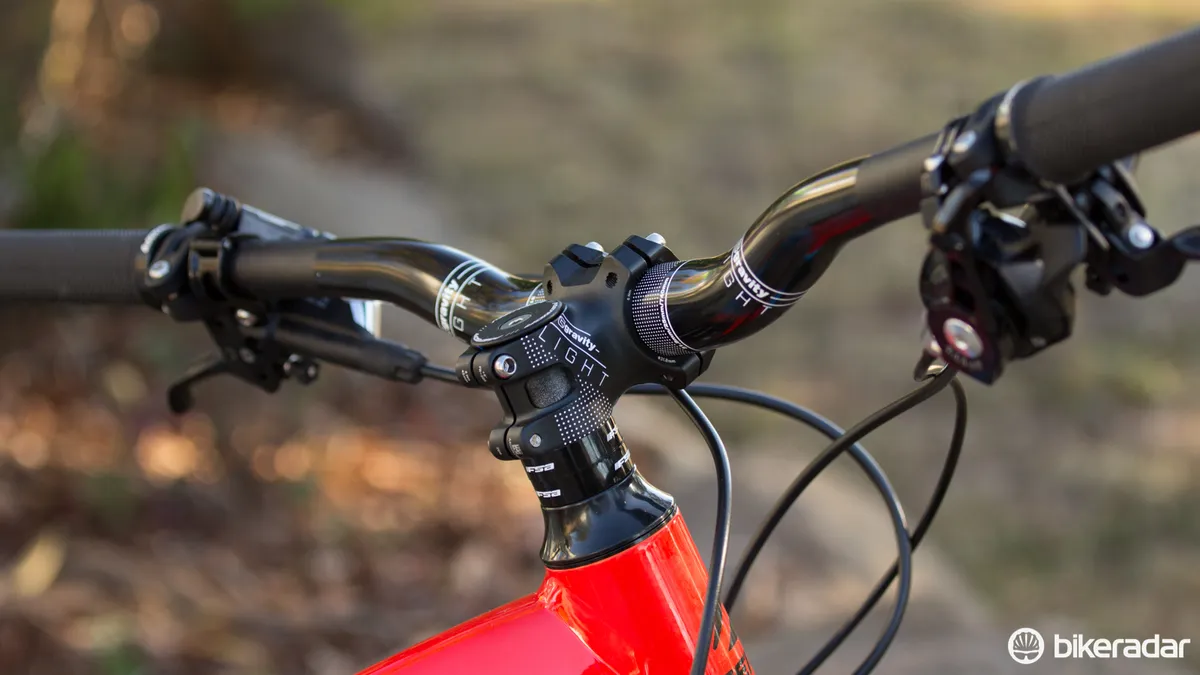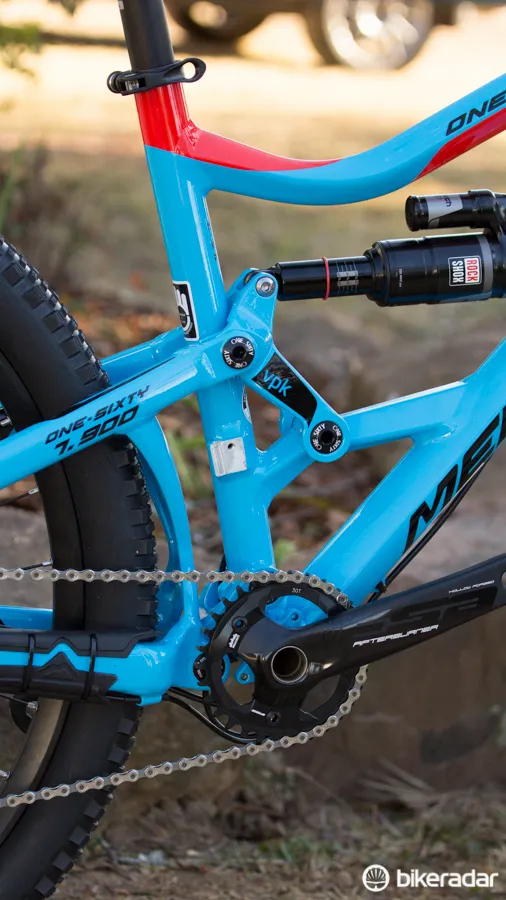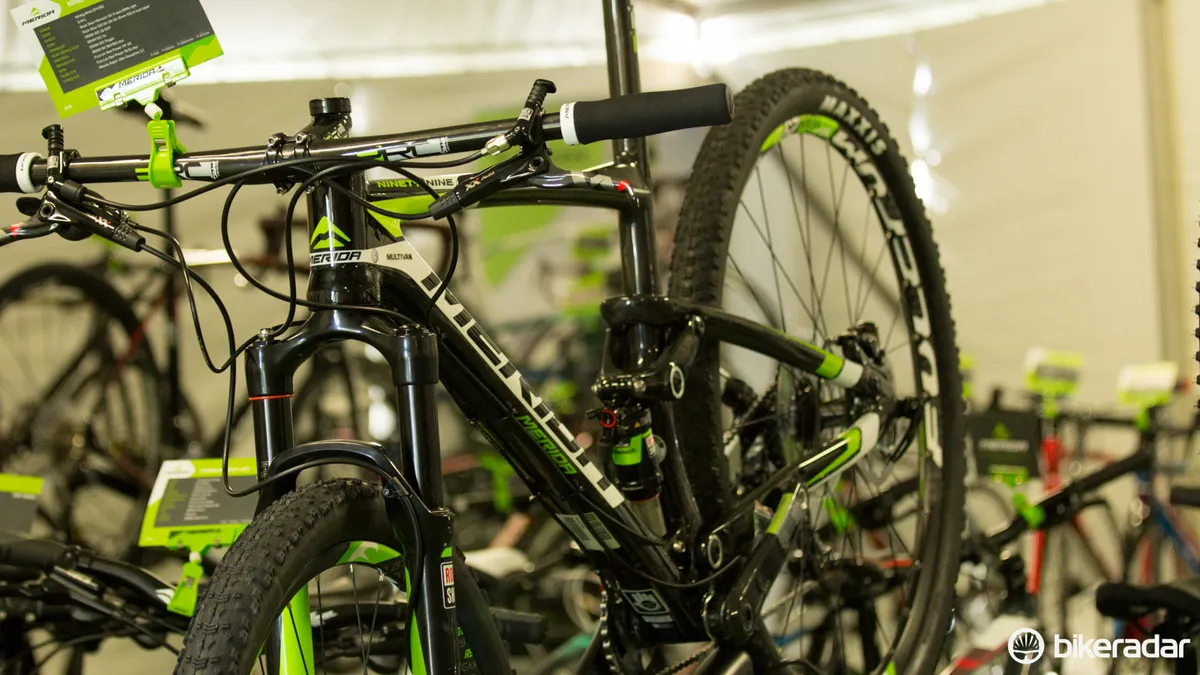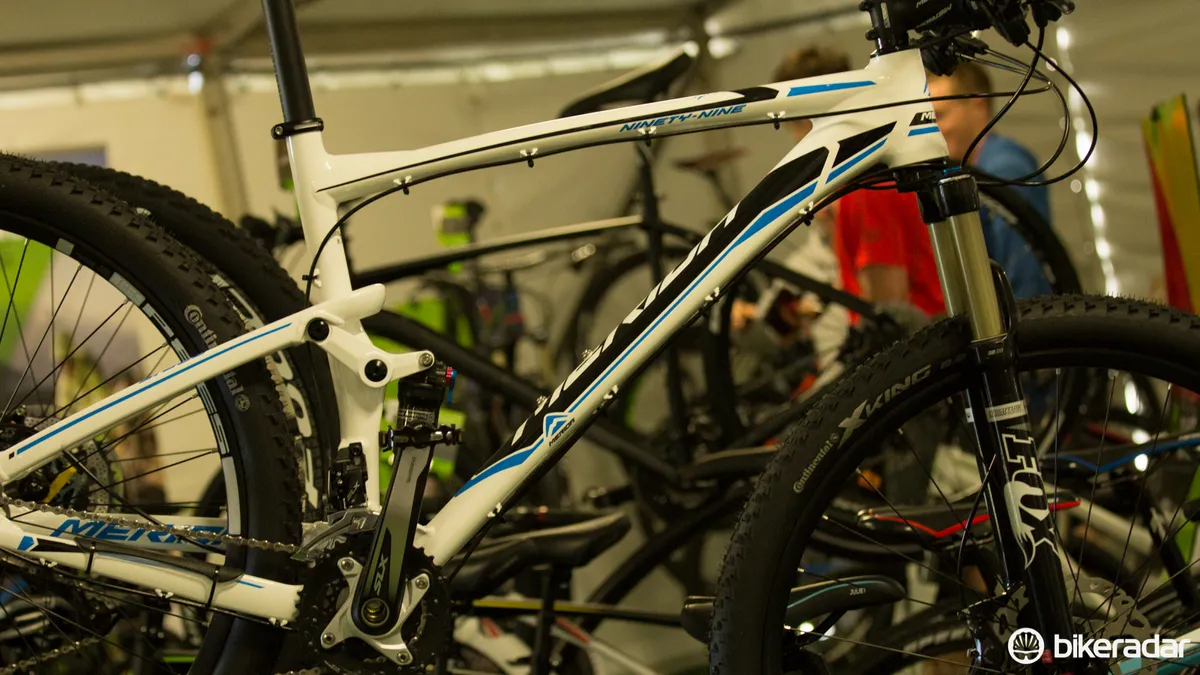BikeRadar recently visited Hidden Vale in country Queensland for a product launch put on by Advance Traders, Australia’s distributors for Merida, Lapierre, Norco, Met and a handful of other brands. With trails surrounding the Hidden Vale lodges, we got a close look at what’s new in Taiwanese big-hitter Merida’s mountain bike range.
Outside of the price-no-object Ninety-Nine, Big-Nine and Big-Seven cross country race-focused machines, Merida’s 2015 mountain range continues with an obvious price conscious and alloy construction focus.
The biggest news is a new price point 650b cross-country trail bike, the One-Twenty, while in other headlines the longer travel enduro One-Sixty gains 650b wheels.
The Team-level models now receive a new ‘Internal Block’ headset that provides hidden rubber stoppers to stop your handlebars over-rotating and hitting the top tube in the event of a crash. The headset adds minimal weight, doesn’t increase the headset stack height and is compatible with all semi-integrated tapered head tubes – we just wish it was included on more models.
On top of the new bikes, Merida has fully reworked its previously confusing model naming across its range. Placed straight after the name and before the model level designation, wheel sizes are determined with a 6, 7 or 9 for 26, 27.5 (650B) and 29in bikes respectively.
The numbers following the model names and wheel-size prefix refer to the level of the bike: four digits is for anything carbon, 9000 being the highest, 1000 the lowest. Three digits is for alloy bikes, with 900 the highest, 100 the lowest. And double digits are left for steel bikes.
One-Twenty
The One-Twenty – as with most of Merida’s other dual suspension naming – stands for the suspension travel at the rear of the bike, in this case – 120mm. With a big focus on value for money and newer riders, the cross country and trail oriented 2015 One-Twenty range offers an entirely new alloy frame and suspension platform that’s built around the 650b wheel, with design and testing coming from Merida's Stuttgart, Germany, based design studio.
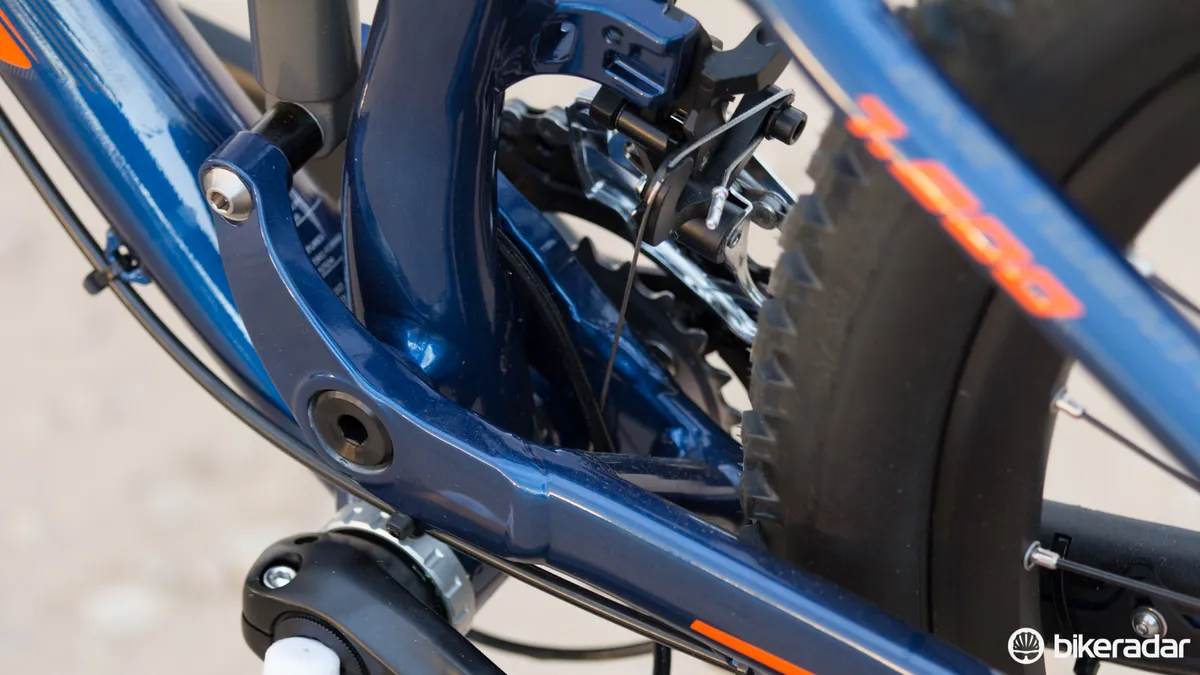
Asymmetric chainstays connect with the rear shock for Merida's floating link. It's not a world first, but the goal is for a more linear leverage ratio
While similar designs have been seen before on other brands, the One-Twenty brings in a new suspension design for Merida called ‘Float Link’. This system has the chainstays link to the base of the rear shock, while a rocker link grabs the shock at the top, enabling the shock to ‘float’ in its action. Merida worked with the likes of RockShox, Fox, Cane Creek and Manitou to find the ideal leverage ratio, resulting in a ‘balanced progressive’ rate. The system is said to achieve the goal of great suspension design – to offer efficient pedalling, small bump compliance and 'bottomless' suspension feel.
With Merida being one of the leaders in alloy frame manufacturing, it’s no surprise to see heavy amounts of hydroforming used on this new frame in the 700 and 900 levels. The top tube is curved for improved standover height, and all the junctions of the bike offer smooth lines.
While the rear offers 120mm of travel, the upper models (Lite frame) are equipped with a 130mm front fork, which Merida claims is balanced with the rear suspension. The cheaper models (TFS frame) feature a 120mm fork.
Merida proudly discussed the finest of details, with the cable routing being an example. The full-length housing that runs beneath the down tube has been designed in such a way that it won’t migrate under suspension compression, and the same goes for the rear shock’s lockout, with the option to loop the cable from behind the shock to flow with the suspension movement, as opposed to coming from the top tube and being constantly under movement.
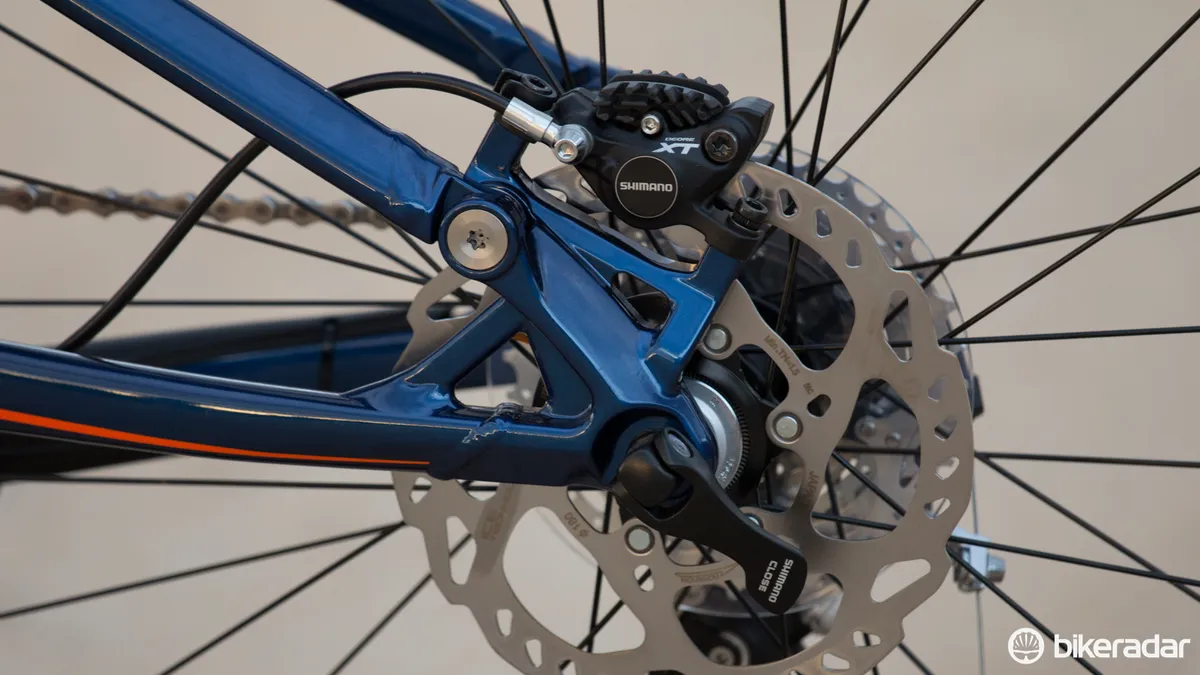
Plenty going on here with double-row cartridge bearings, 180mm post mount rear brake and 142x12mm thru-axle
Another design objective related to ensuring the frame provided reliable braking without vibrating and noise. This was done with a 180mm rear brake post mount, 142x12mm rear axle, double bearings at the closest pivot, and careful mount placement.
Sitting at the top of the range is the One-Twenty 7.900 (US$TBC / AU$3,999 / UK£TBC), which features the Lite frame, Fox Float CTD suspension front and rear and RockShox' Reverb Stealth dropper post, along with a Shimano XT 20-speed drivetrain and matched brakes.
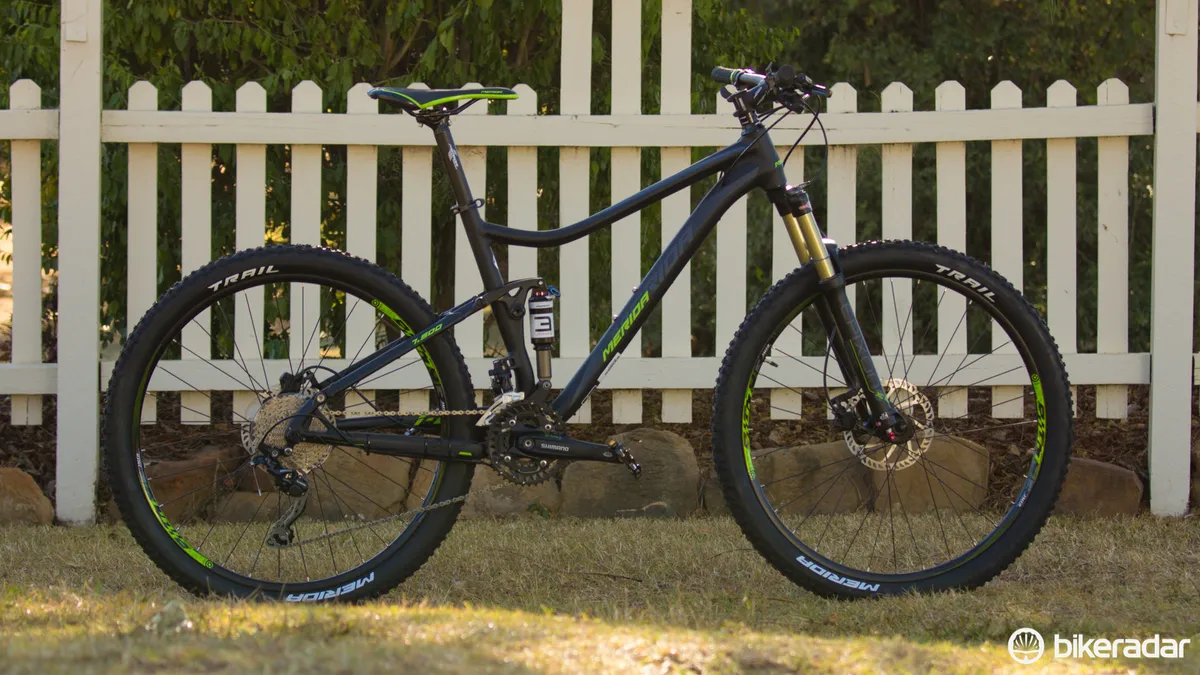
One-Twenty 7.500 (US$TBC / AU$1,799 / UK£TBC)
At the other end of the scale – and at under half the price – is the One-Twenty 7.500 (US$TBC / AU$1,799 / UK£TBC). It features the same frame design as the 7.900, though without the tapered steerer tube and with less hydroforming. The 7.500 features a 120mm SR Suntour Epicon front fork and matched Epicon LO-RP rear shock. The suspension actually felt quite reasonable and offers air spring adjust along with rebound and lockout control. A Shimano Deore drivetrain and Tektro Auriga hydraulic brakes finish off this budget-friendly ride.
One-Sixty
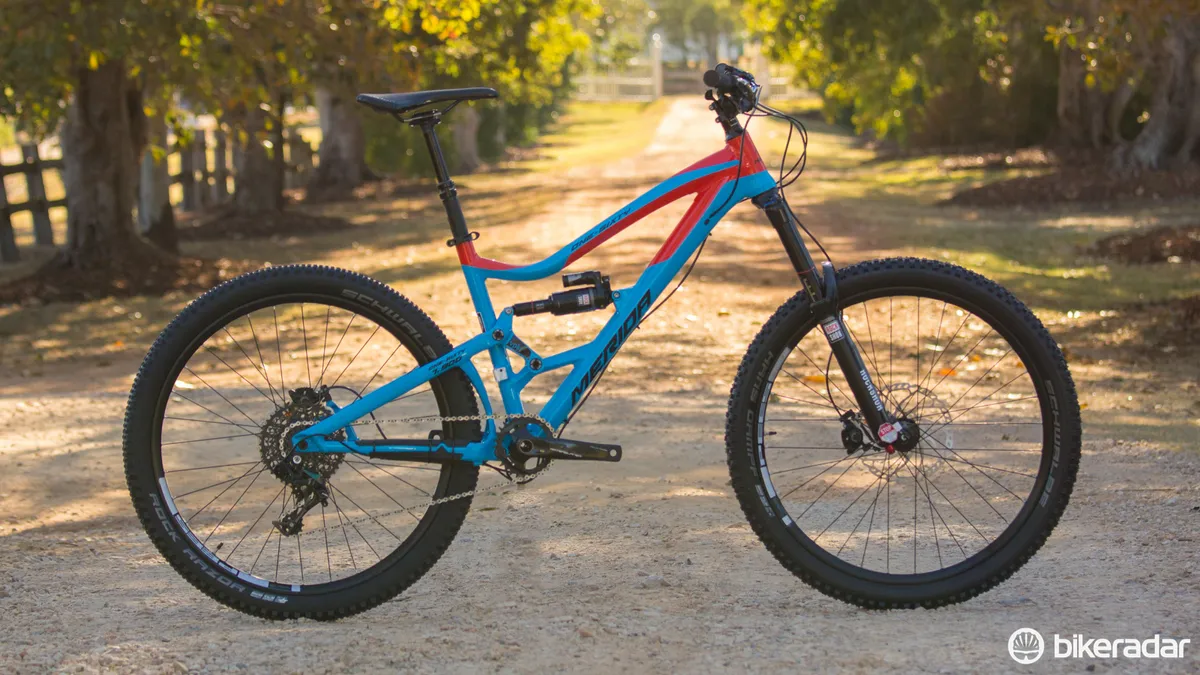
The refreshed 650B One-Sixty 7.900 (US$TBC / AU$4,999 / UK£TBC)
The enduro focused One-Sixty gains 650b wheels and a tweaked frame design to handle the up-size. While exact details were a little vague, the suspension layout seems to be inline with last year’s versions, keeping with Merida’s ‘VPK’ virtual pivot design.
The two models we saw; the One-Sixty 7.900 (US$TBC / AU$4,999 / UK£TBC) and 7.700 (US$TBC / AU$3,999 / UK£TBC), keep true to enduro trends with SRAM 1x11 drivetrains, RockShox Reverb dropper posts, wider 760mm handlebars and shorter 45mm stems.
Other models
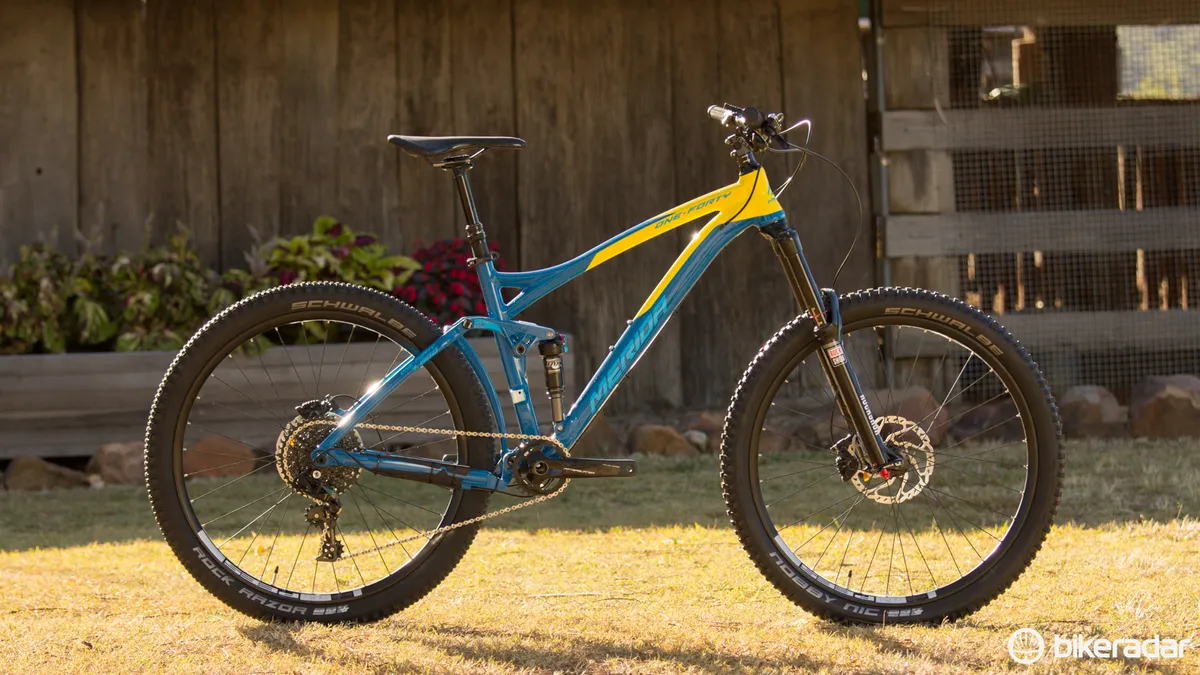
The Merida One-Forty 7.900 (US$TBC / AU$4,599 / UK£TBC)
For 2015 the trail focused One-Forty range continues without any major changes from its 2014 debut.
While it hasn’t been confirmed, it appears the Freddy range has gone under a name change and is now known as the One-Eighty – the one model left flying the 26in wheeled flag. We only saw the new One-Eighty 6.500 (US$TBC / AU$2,999 / UK£TBC), with its downhill-focused componentry including a 180mm Marzocchi 888CR fork.
For a closer and deeper look at the range, scroll, swipe or click through our gallery at top.
